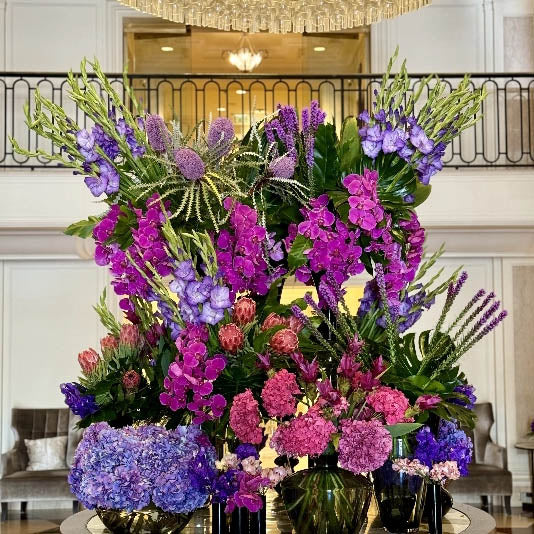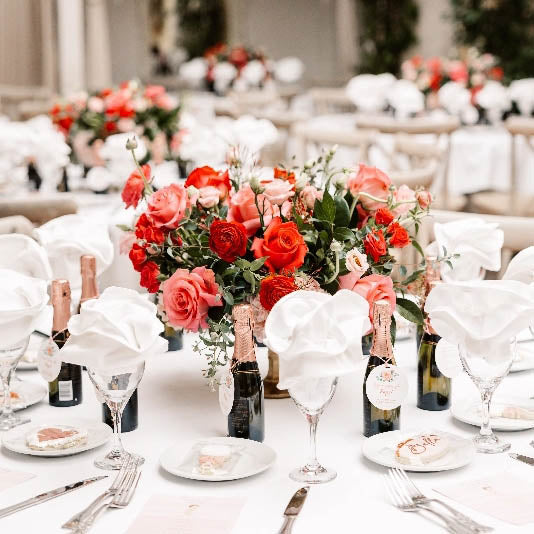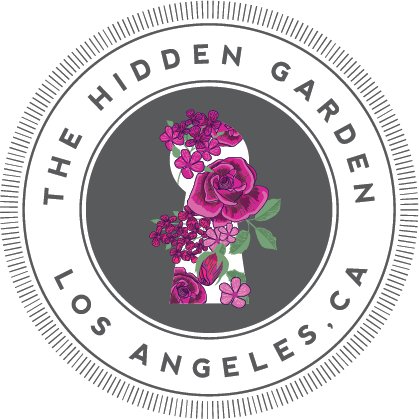New on the Blog: Symbolism and Significance of October Flowers
As the crisp autumn air settles in and nature paints the world in rich hues of gold, crimson, and amber, October brings with it a bounty of beautiful blooms. Each flower that graces this transitional month carries its own unique symbolism and significance, often playing crucial roles in cultural celebrations around the globe. Join in to explore the captivating world of October flowers, their meanings, and their place in global traditions.
The Marigold: A Beacon of Remembrance and Celebration
Perhaps no flower is more synonymous with October than the vibrant marigold. With its warm, sun-like hues ranging from deep orange to bright yellow, the marigold holds a special place in many cultures. Native to the Americas, it has been cultivated for centuries. Its genus name, Tagetes, comes from the Etruscan god Tages, known for his beauty.
Historically, marigolds have played a significant role in many cultures:
- Día de los Muertos: In Mexico, marigolds are the star of the Day of the Dead celebrations. Known as "flor de muerto" (flower of the dead), their pungent scent is believed to guide spirits back to the world of the living. Elaborate marigold arrangements adorn altars and graves, creating a breathtaking sea of orange.
- Diwali: In India, marigolds play a crucial role in the Festival of Lights. Garlands of these cheerful flowers decorate homes and temples, symbolizing the sun and the triumph of light over darkness.
Symbolically, marigolds represent the warmth of the rising sun, passion, and creativity. In some traditions, they're associated with the power of resurrection, making them popular in both celebrations of life and remembrance of the departed.
Medicinally, marigolds have been used for centuries. The Aztecs used them to treat hiccups, while European herbalists used marigold tea for stomachaches and to reduce fever. Modern research has shown that marigolds contain compounds with anti-inflammatory and antioxidant properties.
Chrysanthemums: The Queen of Fall Flowers
Chrysanthemums, often called "mums," are another iconic October blooms. They are believed to have originated in China over 3,000 years ago. The name comes from the Greek words "chrysos" (gold) and "anthemon" (flower).
In Chinese culture, chrysanthemums have been revered since the 15th century BCE, symbolizing longevity, rejuvenation, and nobility. In Japan, the chrysanthemum is so esteemed that there's a "Festival of Happiness" to celebrate this flower (Kiku no Sekku) on September 9th and is featured on the Imperial Seal.
Today, chrysanthemums symbolize honor, loyalty, and longevity in many Asian cultures and in some European countries, they're associated with sympathy and remembrance, often used in memorial services. However, in the United States, these hardy flowers are seen as a cheerful symbol of autumn, adorning porches and fall gardens across the country.
Traditionally, chrysanthemum tea has been used in Chinese medicine to treat respiratory problems, reduce fever, and support liver health. Some cultures have used chrysanthemum flowers in salads or as a garnish, believing they promote longevity.
Cosmos: The Harmony of the Universe
Delicate and daisy-like, cosmos flowers bloom prolifically in October, adding a touch of whimsy to autumn gardens. Native to Mexico, they were introduced to Europe in the late 18th century. Its name, meaning "harmony" or "ordered universe" in Greek, was chosen for its evenly placed petals and easily reflects it’s name.
In the language of flowers, cosmos represents peace, wholeness, and modesty. Its ability to bloom with minimal care has made it a symbol of joy in simple things. In Japan, it's known as "akizakura" or autumn cherry blossom, symbolizing love and affection.
While not extensively used medicinally, some indigenous Mexican cultures used cosmos in traditional remedies. The leaves were sometimes used to make a tea believed to soothe digestive issues. In modern times, cosmos is primarily valued for its beauty in gardens and floral arrangements.
Dahlias: Elegance and Inner Strength
With their intricate petal arrangements and vast array of colors, dahlias are the epitome of autumnal elegance. Native to Mexico and Central America, were first discovered by Spanish botanists in the 16th century. Named after Swedish botanist Anders Dahl, these flowers were initially cultivated by the Aztecs not just for beauty, but for food and medicine. In their culture, the dahlia was considered a symbol of Huitzilopochtli, the sun god, which represented power and strength.
In Victorian times, dahlias represented a lasting bond and commitment between two people in the Victorian Language of Flowers. Modern interpretations include creativity, inner strength, and commitment. Their diverse colors and shapes make them a favorite for both traditional and contemporary arrangements.
The Aztecs used dahlias medicinally to treat epilepsy. The flower's tuberous roots were also used as a treatment for diabetes. Modern research has shown that dahlia tubers contain inulin, a dietary fiber that may help regulate blood sugar levels.
Today, dahlias are often associated with inner strength, creativity, and positive change.
Calendula: The October Birth Flower
Also known as pot marigold (though unrelated to true marigolds), calendula is native to southern Europe. It’s genus name comes from the Latin “kalendae,” referring to the fact that it blooms at the start of most months. Its sunny appearance belies its deep symbolism.
Historically, calendula has been associated with the sun. In ancient Egypt, it was considered a rejuvenating herb. In Medieval Europe this flower was associated with Mary, the mother of Jesus, and was known as "Mary's Gold.” During the Civil War, calendula was used on the battlefield to treat wounds, earning it the nickname "battlefield flower." And in India, the flowers are used to decorate statues of Hindu deities. During the Civil War, calendula was used on the battlefield to treat wounds, earning it the nickname "battlefield flower."
Today, in modern floral language. calendula symbolizes joy, remembrance, and gratitude. It's the birth flower for October, making it a thoughtful gift for those born in this month.
Medicinally, calendula has been used for centuries to treat various skin conditions across many cultures. It's known for its anti-inflammatory and wound-healing properties. Calendula tea has been used to soothe digestive issues, while calendula oil is still used in many natural skincare products.Global October Floral Traditions
Beyond individual flower symbolism, October sees several flower-centric celebrations worldwide:
- Oktoberfest (Germany): While famous for its beer and lederhosen, this festival also features beautiful floral decorations, with edelweiss being a traditional symbol.
- Chuseok (Korea): This harvest festival, often falling in early October, involves decorating graves with fall flowers as families pay respects to ancestors.
- Durga Puja (India): This Hindu festival, celebrating the goddess Durga, involves elaborate floral decorations, with red hibiscus being particularly significant.
Incorporating October's Floral Symbolism in Luxury Designs
Understanding the rich symbolism of October flowers allows for the creation of deeply meaningful, luxurious floral designs:
-
Cross-Cultural Bouquets: Combine marigolds, chrysanthemums, and dahlias for a bouquet that speaks to global autumn traditions.
-
Symbolic Centerpieces: Create elegant table arrangements featuring cosmos and calendula to evoke themes of harmony and gratitude.
-
Memorial Elegance: For sophisticated memorial services, use chrysanthemums and marigolds in muted tones for a respectful and thoughtful touch.
-
Autumn Wedding Splendor: Incorporate dahlias and cosmos into bridal bouquets and decorations to symbolize lasting love and new beginnings.
The Timeless Language of Flowers
As we journey through October, let us appreciate the profound symbolism carried by each bloom. From the marigold's guiding light to the dahlia's elegant strength, October's flowers offer a rich tapestry of meaning. By incorporating these significant blooms into our floral designs, we not only create visually stunning arrangements but also weave stories of culture, tradition, and human emotion.
Whether you're crafting a luxury event centerpiece or simply adorning your home with autumn's bounty, remember that each flower carries with it millennia of human history and symbolism. In the language of October flowers, we find a universal expression of life's beauty, transience, and renewal – a fitting tribute to the changing seasons and the timeless cycle of nature.








